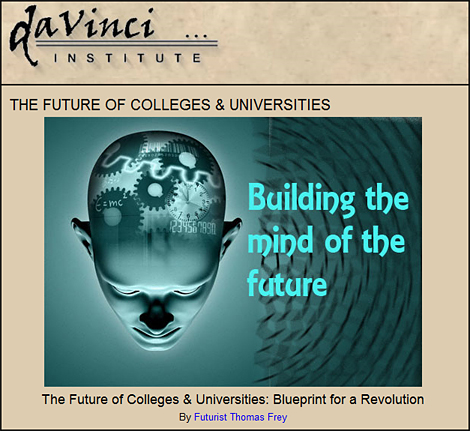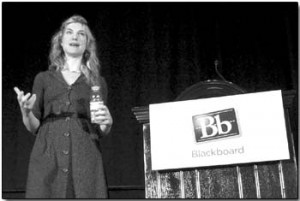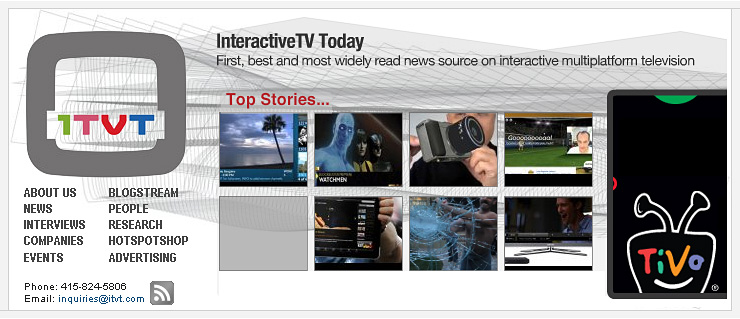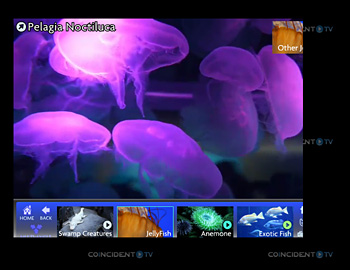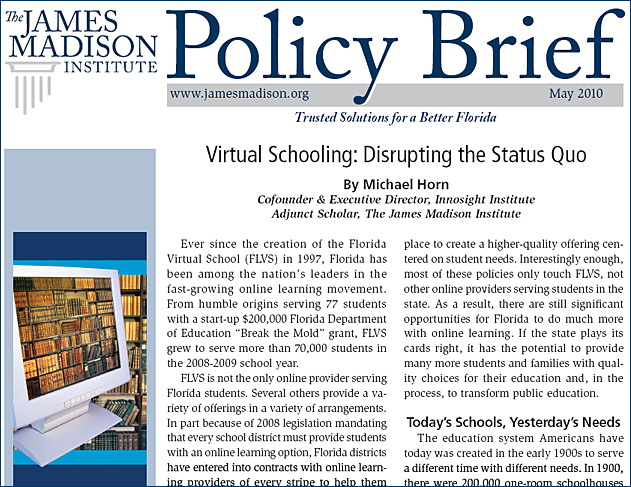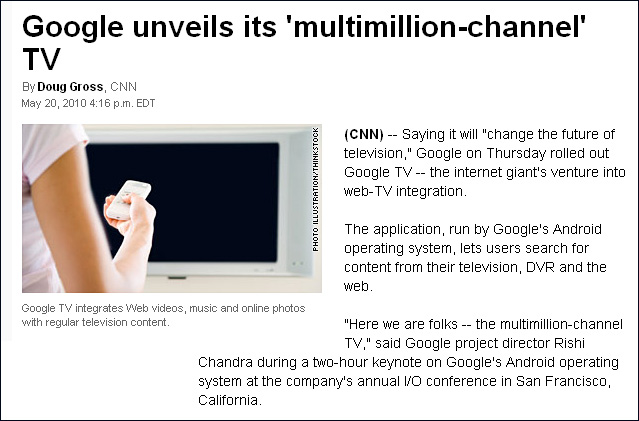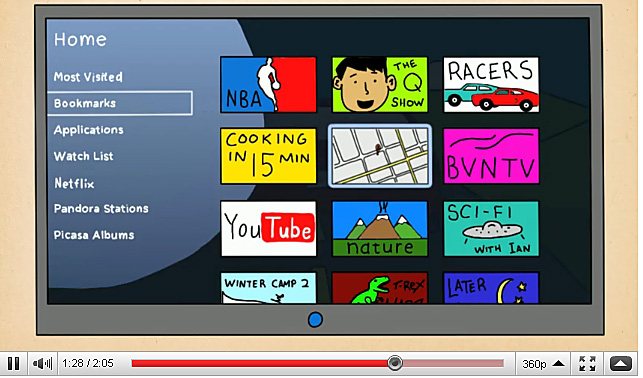First newspapers, now universities: It’s transformation time — from WashingtonPost.com by Philip Auerswald (emphasis DSC)
All of this creates opportunities for a new set of educational leaders–the “edupunks” whose disruptive innovations are featured in an excellent new book by Anya Kamenetz titled DIY U. Online degree programs such as those offered by the University of Phoenix–which alone now enrolls as many students as the entirety of the Big Ten–represent only the first wave of competitive challenge to colleges.
…
That is, of course, until they wander over to the financial aid office. Because, as we all know (trend 2): There ain’t no money in the piggy bank. For all the blather about “saving for college,” the reality is that the average American family isn’t going to be able to put away a hundred thousand dollars for each child headed to college. This means that when tuition time comes, they’ll be borrowing. Only, guess what? That’s right (trend 3) the banks aren’t going to want to lend, because, as noted above, credit markets have tightened more-or-less permanently. And neither state governments–cue laugh track–nor the federal government is going to be able to cover the difference.
…
What all of this means for leadership in higher education is that while resistance is futile, obsolescence is far from assured. The coming transformation in higher education will be gradual, and it will be incomplete. Many of today’s elite institutions will not only survive, they will prosper. Other institutions that clearly define, measure, and communicate the value they bring to individual students–and not just to society as a whole–will prosper. As for those whose strategy is to repackage past glories as a vision for the future on forlorn trips to bankrupt legislatures, the road ahead will bear a greater resemblance to Grand Theft Auto than to The Paper Chase.
Future success in higher-ed will depend on agility, clear vision, and a willingness to deal with the world as it is–rather than as we would have it be. While learning is still in for today’s students, school’s out.
Philip E. Auerswald is Associate Professor at the School of Public Policy, George Mason University, and associate at the Belfer Center for Science and International Affairs at Harvard University’s Kennedy School of Government. He co-organized the GMU-APLU Presidents’ Symposium on the Future of Collegiate Education at the Association of Public and Land-grant Universities, held this month.









